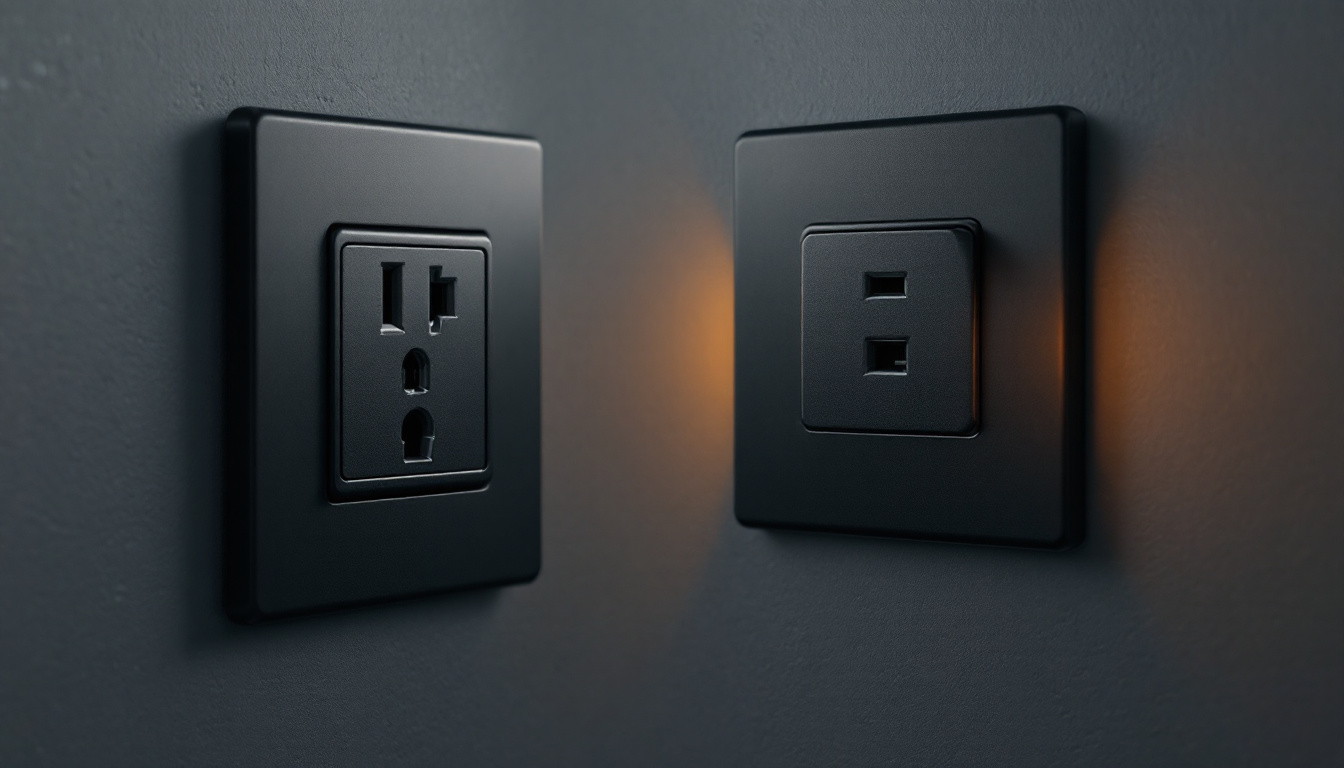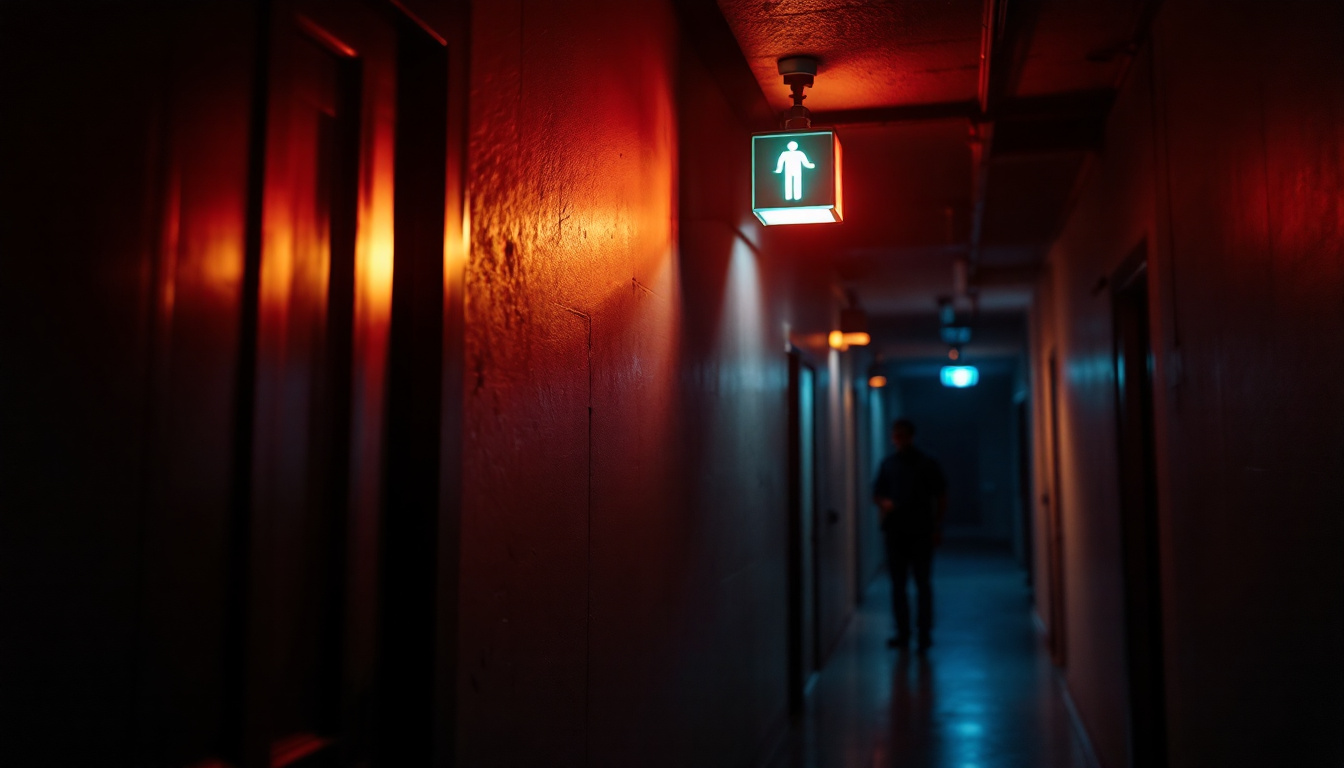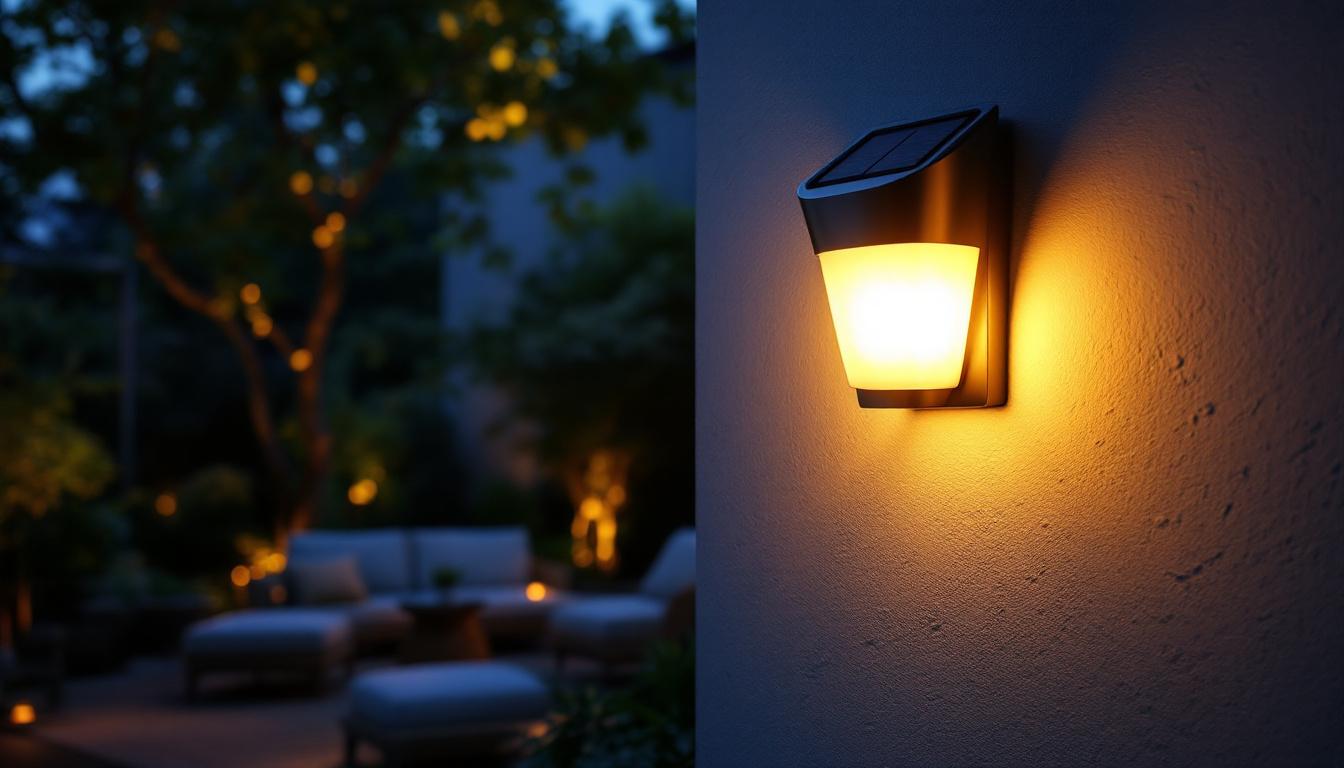
In the world of lighting installation and electrical work, attention to detail is paramount. Among the various components that lighting professionals encounter, the black electrical outlet stands out not only for its aesthetic appeal but also for its functional significance. This article serves as a comprehensive checklist for lighting contractors, ensuring that every aspect of working with black electrical outlets is covered. From installation to maintenance, this guide will equip professionals with the knowledge needed to excel in their craft.
Before diving into the specifics of installation and maintenance, it is essential to understand the fundamental aspects of black electrical outlets. These outlets are often chosen for their sleek, modern appearance and ability to blend seamlessly into various interior designs. Their versatility makes them a favorite among homeowners and designers alike, as they can complement both contemporary and traditional styles, adding a touch of sophistication to any space.
Black electrical outlets come in various types, each designed for specific applications. The most common types include standard duplex outlets, GFCI (Ground Fault Circuit Interrupter) outlets, and USB-integrated outlets. Understanding the differences between these types is crucial for proper installation.
Standard duplex outlets are the most prevalent, allowing for the connection of two devices simultaneously. GFCI outlets are essential in areas where moisture is present, such as kitchens and bathrooms, as they provide added safety by preventing electrical shocks. USB-integrated outlets cater to the growing demand for charging devices, making them a popular choice in modern homes. Additionally, there are smart outlets that can be controlled remotely, offering convenience and energy efficiency for tech-savvy users.
The choice of a black electrical outlet is often driven by aesthetic considerations. Black outlets can create a striking contrast against lighter walls or can seamlessly blend into darker surfaces. When selecting outlets, consider the overall design scheme of the space. A well-chosen outlet can enhance the visual appeal of a room while providing the necessary functionality.
Moreover, the finish of the black outlet can also play a significant role in its visual impact. Matte black finishes offer a more understated, elegant look, while glossy finishes can add a touch of modern flair. Additionally, the texture of the outlet can influence its integration into a space; for instance, a textured black outlet can add depth and interest, making it a focal point rather than just a functional element. When planning your interior design, think about how the choice of outlet color and finish can harmonize with other elements, such as light switches, cabinetry, and even decorative hardware, to create a cohesive and stylish environment.
Proper installation is critical to ensure safety and functionality. Following established guidelines can help lighting professionals avoid common pitfalls associated with electrical work.
Before beginning the installation process, gather all necessary tools and materials. essential tools include a voltage tester, wire strippers, a screwdriver, and a drill. Additionally, ensure that the black electrical outlet itself is compatible with the existing wiring and meets local electrical codes.
Having the right materials on hand, such as electrical tape, wire nuts, and a faceplate, will streamline the installation process. A well-prepared workspace can significantly reduce the time spent on installation and enhance overall efficiency. It’s also wise to have a flashlight available in case you need to work in dimly lit areas, and a pair of safety goggles to protect your eyes from any debris during the installation. Remember, safety should always be your top priority when working with electricity.
The installation process for black electrical outlets generally follows a standard procedure. Begin by turning off the power at the circuit breaker to ensure safety. Use a voltage tester to confirm that the power is off before proceeding.
Next, remove the existing outlet (if applicable) by unscrewing it from the electrical box. Carefully disconnect the wires, noting their configuration for reinstallation. Connect the wires to the new black outlet, ensuring that the hot wire (typically black or red) connects to the brass terminal, the neutral wire (usually white) connects to the silver terminal, and the ground wire (green or bare) connects to the green terminal.
Once the wiring is secure, carefully push the outlet back into the electrical box and attach it with screws. Finally, install the faceplate and restore power at the circuit breaker, testing the outlet to ensure it functions correctly. If you encounter any issues during testing, such as the outlet not powering on or tripping the circuit breaker, double-check your connections and ensure that all wires are securely fastened and properly insulated. Troubleshooting at this stage can save you time and prevent potential hazards down the line.
Additionally, consider the aesthetic aspect of your installation. Black electrical outlets can add a modern touch to your space, particularly when paired with complementary fixtures and decor. As you install, take a moment to think about how the placement of the outlet can enhance both functionality and style in the room. For example, positioning outlets near common electronic devices can minimize cord clutter and improve the overall appearance of your living area.
Safety should always be the top priority when working with electrical outlets. Adhering to safety precautions can prevent accidents and ensure a successful installation.
Wearing appropriate personal protective equipment is essential. This includes insulated gloves, safety glasses, and non-conductive footwear. PPE can protect against electrical shocks and other hazards that may arise during installation.
Familiarity with local electrical codes is crucial for ensuring compliance and safety. These codes dictate the standards for installation, including the placement of outlets, wire types, and circuit requirements. Failure to adhere to these codes can result in fines, project delays, or safety hazards.
Proper maintenance of black electrical outlets is vital for ensuring longevity and functionality. Regular checks and minor repairs can prevent more significant issues down the line.
Conducting routine inspections of electrical outlets is a best practice for lighting professionals. Look for signs of wear, such as discoloration, cracks, or loose connections. Regular inspections can help identify potential problems before they escalate into safety hazards.
Additionally, testing outlets periodically with a voltage tester can confirm that they are functioning correctly. This proactive approach can save time and resources in the long run.
Keeping black electrical outlets clean is essential for maintaining their appearance and functionality. Dust and debris can accumulate over time, potentially affecting the outlet’s performance. Use a damp cloth to wipe down the surface, ensuring that no moisture enters the outlet itself.
For outlets that have become discolored or stained, consider using a gentle cleaner that is safe for electrical components. Avoid abrasive materials that could scratch the surface or damage the outlet.
Even with proper installation and maintenance, issues can arise with black electrical outlets. Being knowledgeable about common problems and their solutions can help lighting professionals address these issues effectively.
If a black electrical outlet is not functioning, the first step is to check the circuit breaker. A tripped breaker can easily be reset, restoring power to the outlet. If the breaker is functioning correctly, inspect the outlet for loose connections or damaged wiring.
In some cases, the outlet may need to be replaced entirely. If troubleshooting does not resolve the issue, consulting with a licensed electrician may be necessary to ensure safety and compliance with electrical codes.
Overheating is a serious concern that can lead to electrical fires. If an outlet feels hot to the touch, it is essential to disconnect any devices plugged into it immediately and turn off the power at the circuit breaker. Overheating can be caused by overloaded circuits, faulty wiring, or defective outlets.
In such cases, it is advisable to consult a professional electrician to assess the situation and recommend appropriate solutions. Ignoring signs of overheating can have dire consequences.
When selecting black electrical outlets for a project, several factors should be considered to ensure the best fit for the specific application.
Before purchasing black electrical outlets, assess the existing wiring in the building. Ensure that the chosen outlets are compatible with the wiring gauge and type. This compatibility is crucial for safety and functionality.
Additionally, consider the amperage rating of the outlets. Standard outlets typically have a rating of 15 or 20 amps, depending on the circuit they will be connected to. Selecting the appropriate amperage rating is essential to prevent overheating and potential hazards.
In addition to functionality, the design of the black electrical outlet should align with the overall aesthetic of the space. Consider whether a standard duplex outlet, GFCI outlet, or USB-integrated outlet would best serve the needs of the project.
Furthermore, take into account any additional features that may enhance usability, such as tamper-resistant designs or smart technology integration. These features can add value to the installation and improve user experience.
Black electrical outlets are more than just functional components; they are integral to the overall design and safety of lighting installations. By following this essential checklist, lighting professionals can ensure that they approach their projects with the knowledge and expertise needed to succeed.
From understanding the basics and installation guidelines to maintenance and troubleshooting, every aspect of working with black electrical outlets has been covered. By prioritizing safety, compliance, and aesthetics, lighting contractors can deliver exceptional results that meet the needs of their clients.
Ultimately, investing time and effort into mastering the intricacies of black electrical outlets will pay off in the form of satisfied customers and successful projects. As the demand for stylish and functional electrical components continues to grow, staying informed and prepared will set lighting professionals apart in a competitive industry.
Ready to elevate your lighting projects with the sleek sophistication of black electrical outlets? Look no further than LumenWholesale for all your lighting needs. Our extensive selection of top-quality, spec-grade lighting products is available at unbeatable wholesale prices, ensuring you get the best value for your investment. With free shipping on bulk orders, you can stock up on reliable, high-performance lighting without the worry of hidden fees. Don’t compromise on quality or affordability. Visit LumenWholesale today and experience the convenience of superior lighting products at the best prices.

Discover the frequent pitfalls lighting contractors face when installing emergency lights.

Discover how outlet power can transform your lighting designs from ordinary to extraordinary.

Discover how wall mounted outdoor solar lights enhance security, save up to 70% energy, and add style.

Discover the top recommended solar garden lights and explore their significance for lighting contractors.